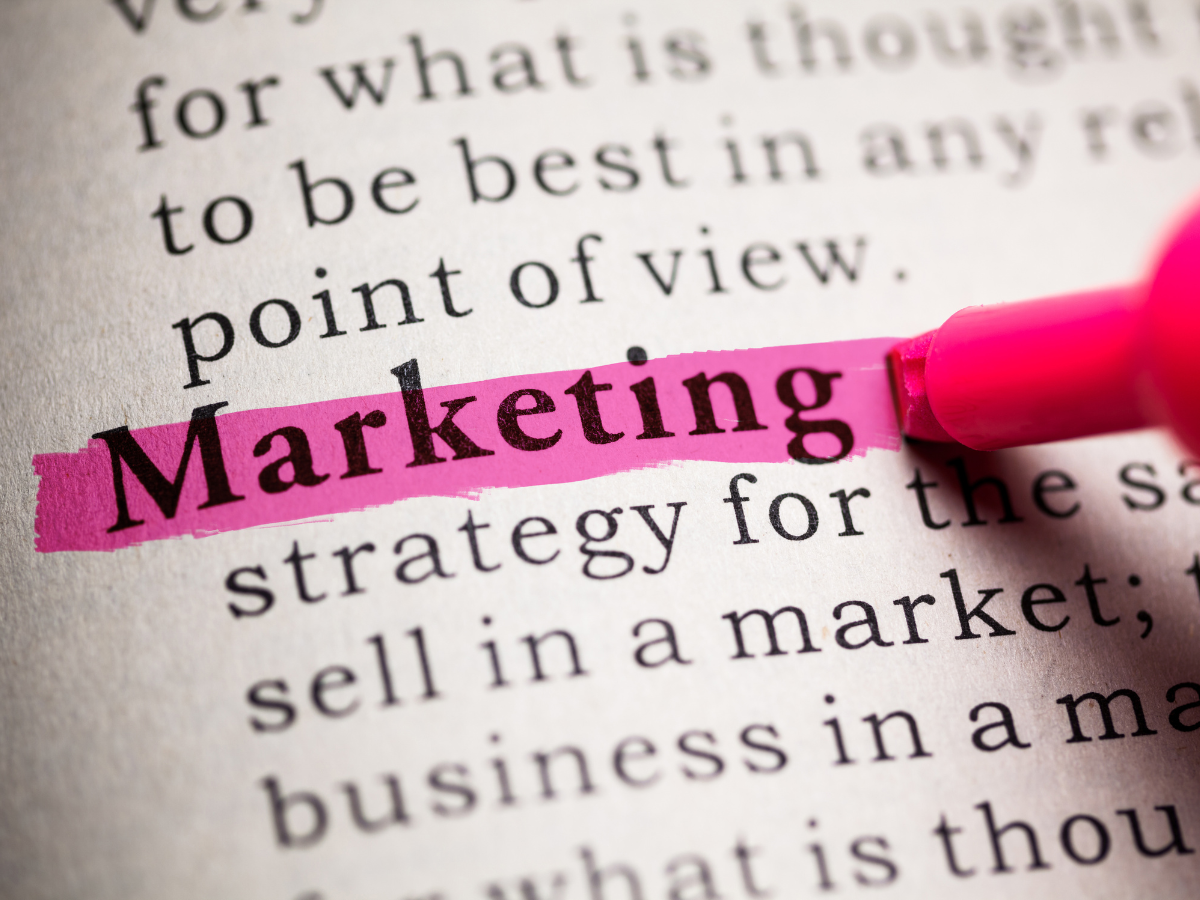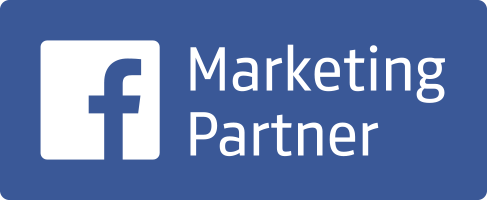
Intent-based marketing is a game-changer for small businesses. By understanding and leveraging your customer’s intent, you can craft your marketing to match their needs, driving growth and profitability.
Whether in the construction or home service industry, intent-based marketing can provide valuable insights, enabling you to reach your audience at the right time and place. This article will explore how your small business can unlock new opportunities through intent-based marketing.
What is intent-based marketing? Understanding customer intent
Customer intent refers to a user’s primary goal when they type something into a search engine. Understanding this intent is a critical part of marketing. It lets businesses tailor their content and advertising strategies in a way that meets the needs of potential clientele.
There are typically four types of consumer intent:
- Informational intent is when users search for more information on a specific topic. For example, a user might search for “How to install a window” or “Best types of insulation for garages”. At this stage, users aren’t necessarily looking to buy anything yet; they’re simply researching to educate themselves more.
- Navigational intent – This is seen when users want to visit a specific website. For example, a user might search for “Build Media Group blog” to navigate directly to our blog page. At this point, a user is familiar with a certain company or brand. However, while they know who/what they are searching for, they may not be looking to buy anything at this point.
- Commercial intent – This refers to searches where users are looking for a product or service but might still be comparing options. They could search for “Best construction companies in New York”. This is where it’s good for businesses to have their unique selling points to catch potential buyers in this stage.
- Transactional intent – Users with transactional intent are looking to make a purchase. They might search for “Buy construction boots online”.
By understanding these different types of searcher intent, your business can create targeted content and advertising strategies that match what your audience wants. Aligning marketing tactics with customer intent allows you to craft your messaging more effectively.
Instead of attempting to reach a broad, generalized audience, shift your focus to providing solutions to a smaller, more specific group whose intent matches what you offer.
This higher degree of relevance will boost your engagement – people know what they want and will engage with content that solves a problem they have. If you provide the right content for each of these intents, it will be easier to guide your leads down the sales funnel.
Contact Build Media Group today. We’ll help you take advantage of intent-based marketing.
Benefits of intent-based marketing for businesses
By focusing on intent, you can know what customers are searching for and why they’re searching for it. This helps you create content that answers that intent, making it easier for you to get leads and conversions.
Here are some of the benefits of intent-based marketing that small businesses can enjoy:
- Enhanced customer targeting: By understanding customer intent, businesses can tailor their marketing efforts to match their target audience’s preferences and needs.
- Improved personalization: Intent-based marketing allows businesses to create personalized marketing messages that resonate with their audience, thereby improving customer engagement and increasing the chances they’ll come back.
- Increased conversion rates: By delivering relevant information at the right time, intent-based marketing increases the likelihood of customer engagement and boosts conversion rates. For instance, if a user is searching for “Best roofing companies near me,” and your business pops up, you’ve successfully met their navigational and possibly transactional intent.
- Improved Google rankings: Google doesn’t just care about keywords – a major part of ranking well is answering the desired search intent. Google wants to provide value to its users. Businesses that align their content with user intent are more likely to be considered valuable by Google’s search algorithms, resulting in improved search engine rankings.
- Better user experience (UX): Intent-based marketing ensures a seamless user experience by aligning business offerings with customer needs, leading to greater customer satisfaction. Happy customers are more likely to tell their friends!
- Increased organic traffic: With improved Google rankings and user experience, businesses can expect to see an increase in organic traffic to their sites.
- Better Return on Investment (ROI): Marketing is expensive, especially for small businesses. By focusing on user intent, you can be confident that your marketing efforts are reaching the right audience at the right time, resulting in a higher return on investment.
- Improved reputation: By meeting customer needs well, you can improve your overall reputation in the market. There’s nothing like a good name.
By crafting a marketing strategy around what your users need, you can position your business to be the solution for their needs. Like a wise person once said, “If you can be the solution to a problem, you’ll always have business.”
How can you tell if it’s working? Behavior analytics and marketing
Okay, so you’ve created content that answers search queries and intent. How do you know if it’s working like it’s supposed to? Simple – behavior analytics.
Behavior analytics helps gauge the effectiveness of your website and marketing efforts. By analyzing metrics such as bounce rate, pages per session, average session duration, and conversion rates, you can gather insightful data about user interaction with your website.
These metrics might sound like fancy terms, but they really just indicate whether your site is meeting user needs or falling short. For instance, a high bounce rate may suggest that although your site is attracting visitors, it’s not providing the information or user experience they’re seeking, so they leave quickly or “bounce” like a rebounding ball.
This information will help you adjust your strategy accordingly to improve your engagement and conversion rates. For instance, if analytics reveal that users are consistently exiting the site from a specific page, it may signify that the page’s content or layout isn’t working well with your audience.
Behavior analytics can also guide your content creation, messaging and UX to perfectly align with customer intent.
When you know which pages or content types are the most successful, you can create more content that incorporates the successful elements. Essentially, you are giving the people what they want. Listen to your audience. This not only enhances their overall user experience but will foster a deeper connection between your audience and your brand.
Harness the power of intent marketing with Build Media Group.
Intent-based marketing and behavior analytics are critical for successful marketing campaigns. Potential clientele aren’t just wallets waiting to be emptied – they are real people with real needs. One of the human needs is to be heard and understood. Use your content to let your audience know you see them.
At Build Media Group, we provide expert strategies and execution on intent-based marketing to help your business reap all these benefits and more. Contact us today to start enhancing your marketing strategy.



